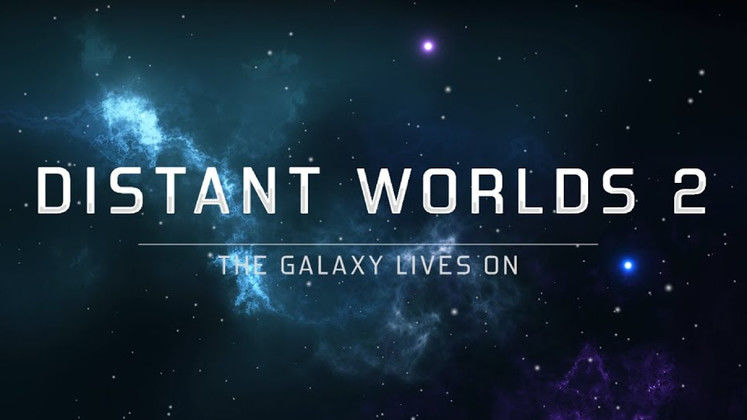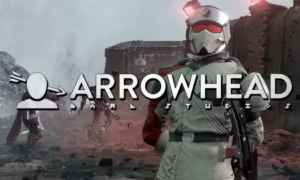DISTANT WORLDS II HANDS-OFF PREVIEW & Q&A SESSION
One game has always evoked awe and fear in many grand strategy enthusiasts. Even for those who are experienced in building epic empires, Distant Worlds has been a juggernaut with so much depth it makes Crusader Kings seem simple.
Recently, we had the opportunity to see a presentation by Code Force’s Erik Ruins, Director of Product Development, about Distant Worlds 2. We also had the opportunity to ask him some questions about the progress of the development.
Distant Worlds 2 is the closest analogy to the concept of Stellaris. Ruins summarized the idea well for us: “We’re discussing a space 4X-game and one key thing is that we try to make it feel like a seamless, living galaxy. There is very little hidden information about what’s going on in the galaxy. You can zoom in at any moment to see all the happenings .”
This level of detail makes the game stand apart in the market. Although this is amazing, it can also be daunting. This was solved by automation in the original game, and this is the same for the sequel. Ruins say that “a key feature of the game” is that you can use automation and advisers to decide what you are really interested in and what you would like to let go of your management and give the AI adviser the opportunity to manage it.
This is done in the form of alerts and notifications that can be customized to fit any player’s playstyle. This allows them to delegate nearly any aspect of the game, including alerts and notifications. The settings allow for the adviser to act autonomously, to seek approval, or to give the player a veto over their actions before they take them.
One of the most distinctive features is the separation between private and state operations in the game world. You will make your money as a player from taxes earned from private companies that exist throughout the universe. Your role is to ensure their success so you can fuel your economy.
Gaming standards are quite strange when it comes to the economy. Resources cannot be shared in a quasi-mystical void that is able to appear wherever they are needed. As in the first game resources can only be found at a station that mines them, a spaceport that stores them or a freighter that transports them between them.
The need is the same as the first game. “So when you want things like stations and ships to be built, each station of ship design requires a hull and the components that make it up. These construction resources are required.” You need to have enough construction resources ,” in order to build ships and stations.
These mechanics provide a level of realism not found in many 4X’s. They make for an incredibly interactive game, making it easy to build fleets or establish forward bases far from your deposits.
Rutins discussed more in detail how supply lines can be used in various situations. Rutins said that whether they are attacking you and trying destabilise you economy or a full-blown conflict, they might discover that your economy has weak points that you could exploit. One key thing is to take fuel locations i>
This may sound overwhelming, but the automation should be able to handle any problem you have. Private industry will also be responsible for logistics, so you can focus on strategic goals.









